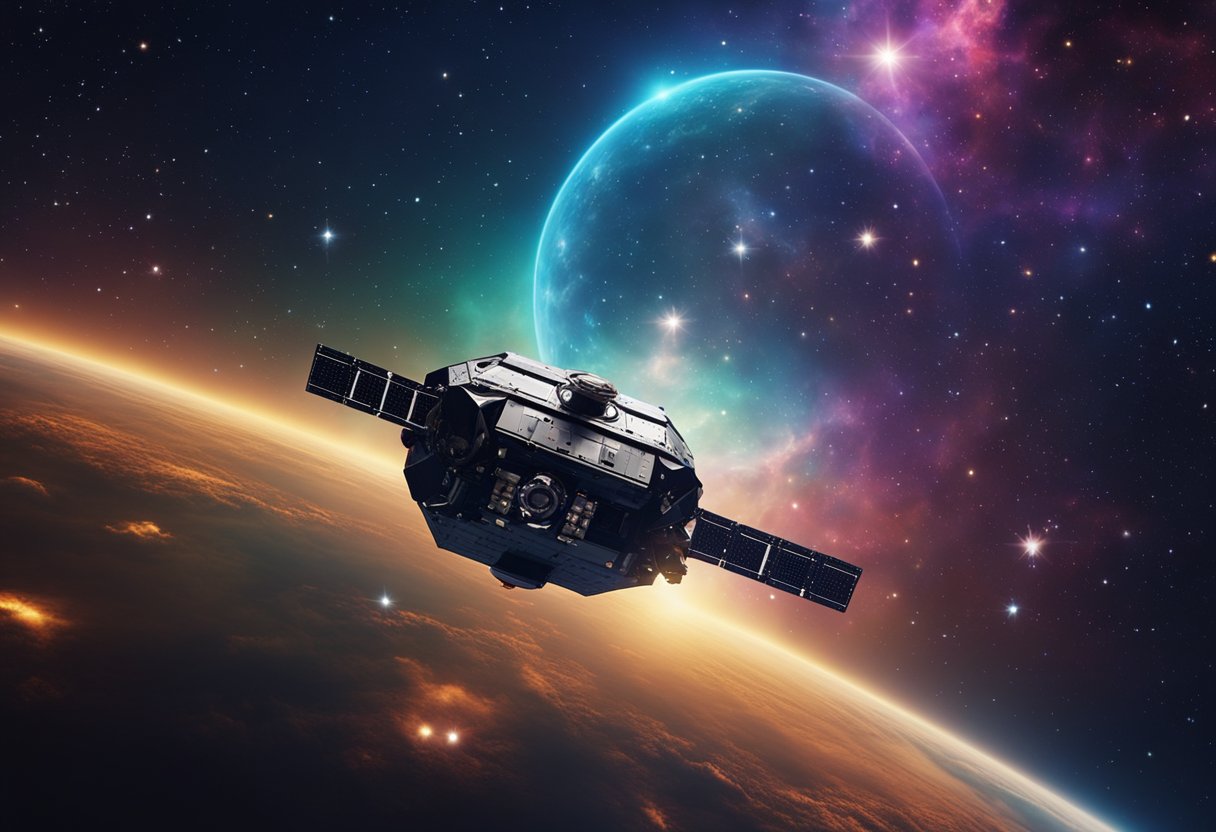
Exploring the cosmos has always captured our collective imagination. As we gaze up at the night sky, the stars and planets offer an alluring glimpse into the vastness of the universe. Celestial body sightseeing tours have become a bridge between our earthly perspective and the mysteries of the heavens, granting us the opportunity to come face to face with the wonders of astronomy. These tours cater to the innate human desire to traverse the unknown, offering a variety of experiences ranging from observing distant galaxies to witnessing the ethereal dance of the auroras.
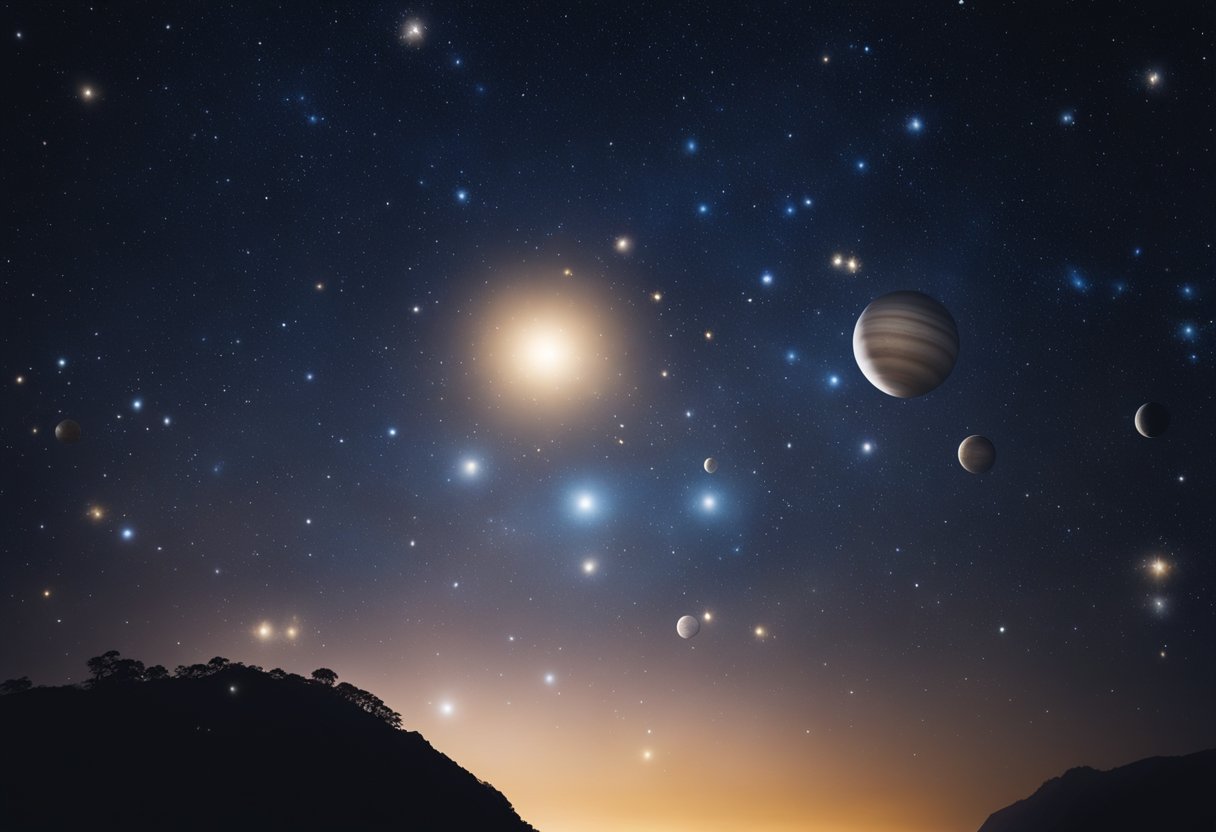
Our understanding and technology have reached a point where not only can we explore these celestial wonders through telescopes and observatories, but we are also on the cusp of making interstellar travel a reality. Ventures like SpaceVoyageVentures.com chronicle the advancements in astro-tourism, from the trips that are available now to the visionary possibilities of the near future. Whether it’s following in the footsteps of Galileo through guided telescopic tours or capturing the intricate details of the nebulae through astrophotography, the options for engaging with the starry sky are as boundless as space itself.
Travel plays an essential role in expanding our horizons, and when that travel extends to the cosmos, the potential for wonder is infinite. It touches on our need to explore, to answer fundamental questions about our place in the universe, and to connect with a community that shares in the celestial fascination. For those with their eyes on the heavens, the night sky becomes a destination, rich with phenomena that tell the stories of our cosmic neighbourhood and beyond.
Our celestial backyard is a treasure trove of cosmic spectacles, from the dynamic dance of planets and their moons to the dramatic displays of solar and lunar eclipses, and the scintillating performance of meteor showers.
Each planet in our solar system offers a unique visual feast. Take Jupiter, with its massive storms and vibrant cloud bands, or Venus, enshrouded in its thick, toxic atmosphere. The Red Planet, Mars, reveals ice caps and ancient riverbeds, while the gas giants like Saturn showcase their famous rings with pride. Moreover, many planets boast fascinating moons, each with its own mysteries. Saturn’s moon Titan, for instance, harbours lakes of liquid methane.
Solar eclipses are one of nature’s most captivating events and a must-see for any stargazer. When the New Moon passes between the Earth and the Sun, it can cast a shadow over our planet and create a solar eclipse. These can range from partial, where only a portion of the sun is obscured, to total, where the sun is completely covered, turning day into night.
Meteor showers are another spectacular display for those who love to gaze up at the night sky. Caused by streams of cosmic debris entering our atmosphere at high speeds, meteor showers like the Perseids and the Geminids light up the sky with their brief, streaking bursts of light.
We embrace these celestial events as they offer glimpses into the workings of our solar system and beyond. At SpaceVoyageVentures.com, we document these phenomena and the burgeoning opportunities to experience them up close, from current stargazing tours to future prospects of space travel.
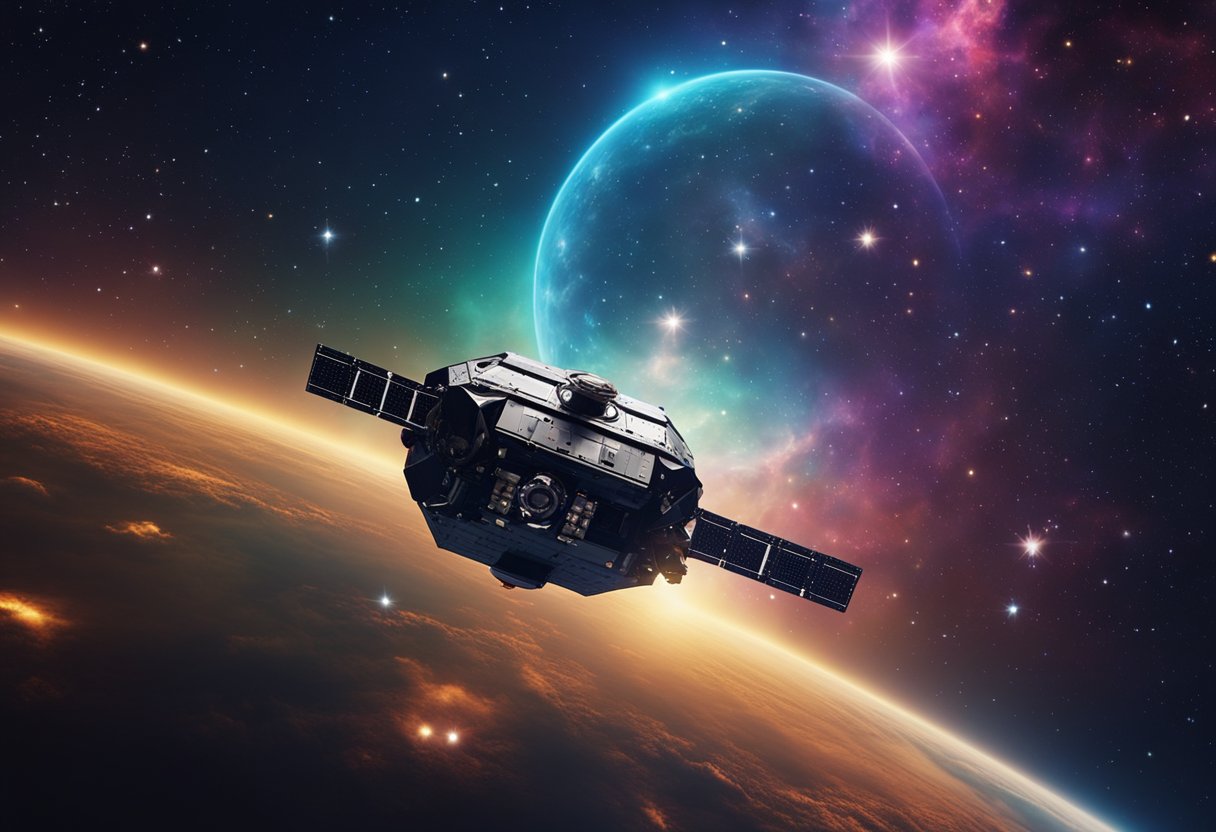
As we advance our capabilities in astronomy and space travel, our aspirations are turning towards deep space exploration, affording us unprecedented opportunities to observe distant galaxies and nebulae, unravel the mysteries of black holes, and search for exoplanets that could harbour life.
Galaxies, vast islands of stars held together by gravity, are the cornerstone of our universe. Through the lens of powerful space telescopes, we’ve observed the intricate spirals of the Milky Way and the Andromeda galaxy. Nebulae—the birthplaces of stars—showcase cosmic artistry, as seen in the radiant hues of the Orion Nebula. These celestial structures, millions to billions of light years away, continue to mesmerise us with their complexity and beauty.
The concept of black holes captures our collective curiosity—regions of space-time where gravity’s pull is so intense that nothing, not even light, can escape. Recent astronomical successes include the capturing of an image of a black hole’s event horizon, providing us with concrete visual evidence of their existence and behaviour. These cosmic riddles beckon us to explore deeper into the fabric of space.
Our search for exoplanets has led to the discovery of thousands of these alien worlds orbiting distant stars. We utilise doppler spectroscopy and transit photometry to detect them, understanding that these planets offer us the best chances to find extraterrestrial life. Every new exoplanet discovered broadens our knowledge of planetary systems and the potential for life-sustaining conditions beyond our solar system.
As we embark on the journey of celestial body sightseeing, understanding the basics of stargazing is essential for a fruitful experience. Whether you’re observing the constance twinkle of distant stars or gazing at the intimate details of the Moon’s surface, the fundamentals can greatly enhance your stargazing tour.
Selecting a proper telescope is paramount for stargazing. For newcomers, a Refractor or a Dobsonian telescope is often recommended due to their user-friendly nature. When contemplating your telescope purchase, consider the aperture size—the larger the aperture, the more light the telescope can gather, allowing you to see fainter celestial objects. Remember that bigger doesn’t always mean better; portability and ease of use should be considered if you plan to travel to remote dark skies locations free from light pollution.
To make the most of your stargazing sessions, follow these best practices:
Adhering to these practices will improve the likelihood of a memorable stargazing experience, whether you’re viewing through a telescope or with the naked eye.
One cannot truly appreciate stargazing without grasping the basics of celestial movements. Familiarize yourself with the patterns of constellations, which change position with the seasons due to Earth’s orbital motion. A firm understanding of the celestial sphere concept will help you navigate the night sky and pinpoint various celestial objects. Tools like planispheres or stargazing apps can assist in identifying stars and constellations in real-time.
Incorporating these fundamentals into our stargazing ventures, we open up a world of astronomical wonders waiting to be discovered. Whether through a guided tour or a solitary excursion, the canvas of the night sky offers endless opportunities to witness the marvels of the universe.
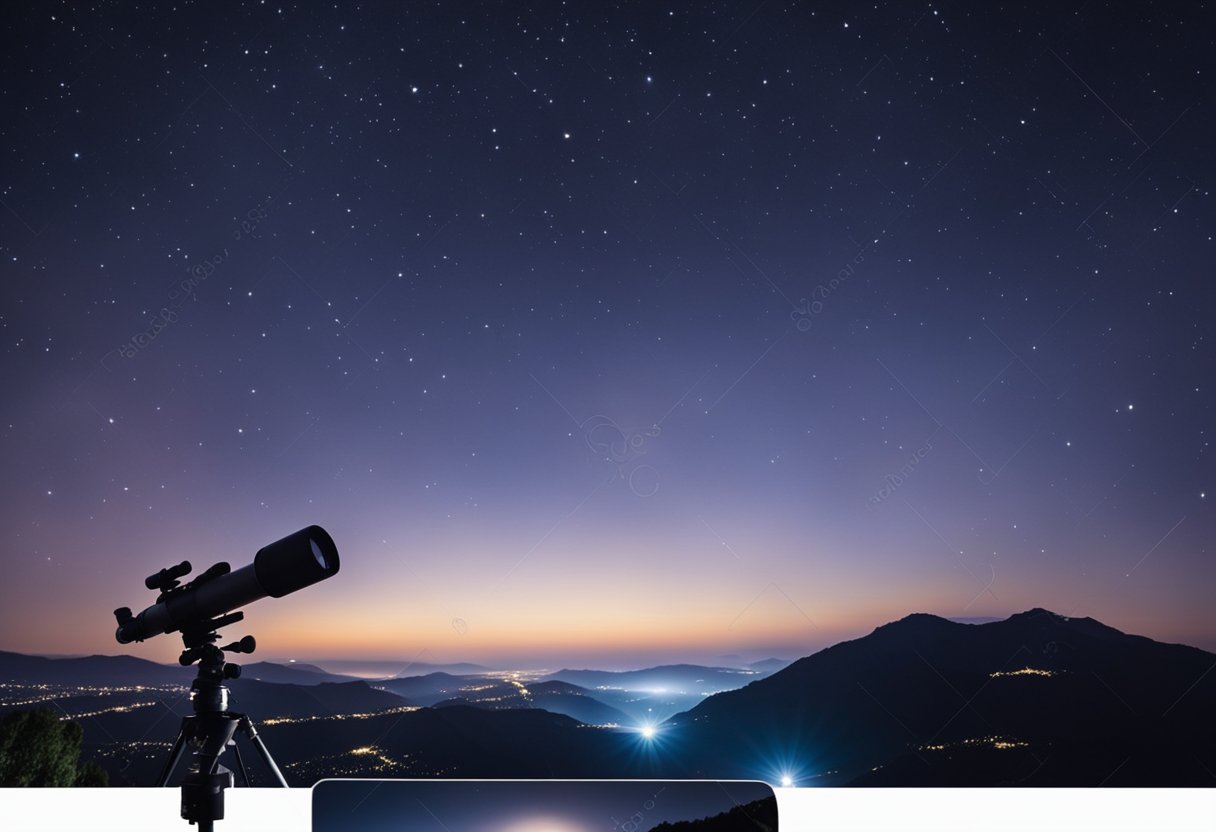
Astrophotography allows us to immortalise the breathtaking majesty of the cosmos, from the grandeur of the Milky Way to the intimate details of distant celestial objects.
When photographing the night sky, a few key techniques ensure brilliant captures. First, we consider the composition. This involves framing the shot to include elements that lead the eye towards the celestial subject. Secondly, long exposure times are crucial due to the low light conditions; this can vary from a few seconds to several hours for deep sky objects. We also adjust ISO settings appropriately: too low and the photo will be dark, too high and it becomes grainy.
It’s essential to track the sky’s movement meticulously over the exposure time, which can be managed by a motorised mount. Tailoring exposure settings for different celestial bodies is a skill that significantly improves the final image, as seen in expert guidance on selecting the right targets and equipment.
Our equipment list comprises of, but is not limited to:
We facilitate capturing faint nebulas and sprawling star clusters by ensuring our equipment is up to par. A telescope might be employed for deeper astronomical explorations, further discussed in a guide capturing distant celestial wonders.
Each photograph tells a story, with the cosmos offering narratives spanning millennia. We capture the timeless dance of constellations, the ephemeral streak of a meteor, and the cyclical phases of the Moon. While images of the Milky Way portray our galaxy’s expanse, close-ups of celestial objects convey the intricacies of space’s vast canvas.
By strategically choosing our subjects and the timing of our shots, we endeavour to share stories that resonate with viewers. For those who look skyward with wonder, SpaceVoyageVentures.com serves as a portal to these cosmic tales, and to the possible future of space voyages—whether they’re just past our atmosphere or light-years away.
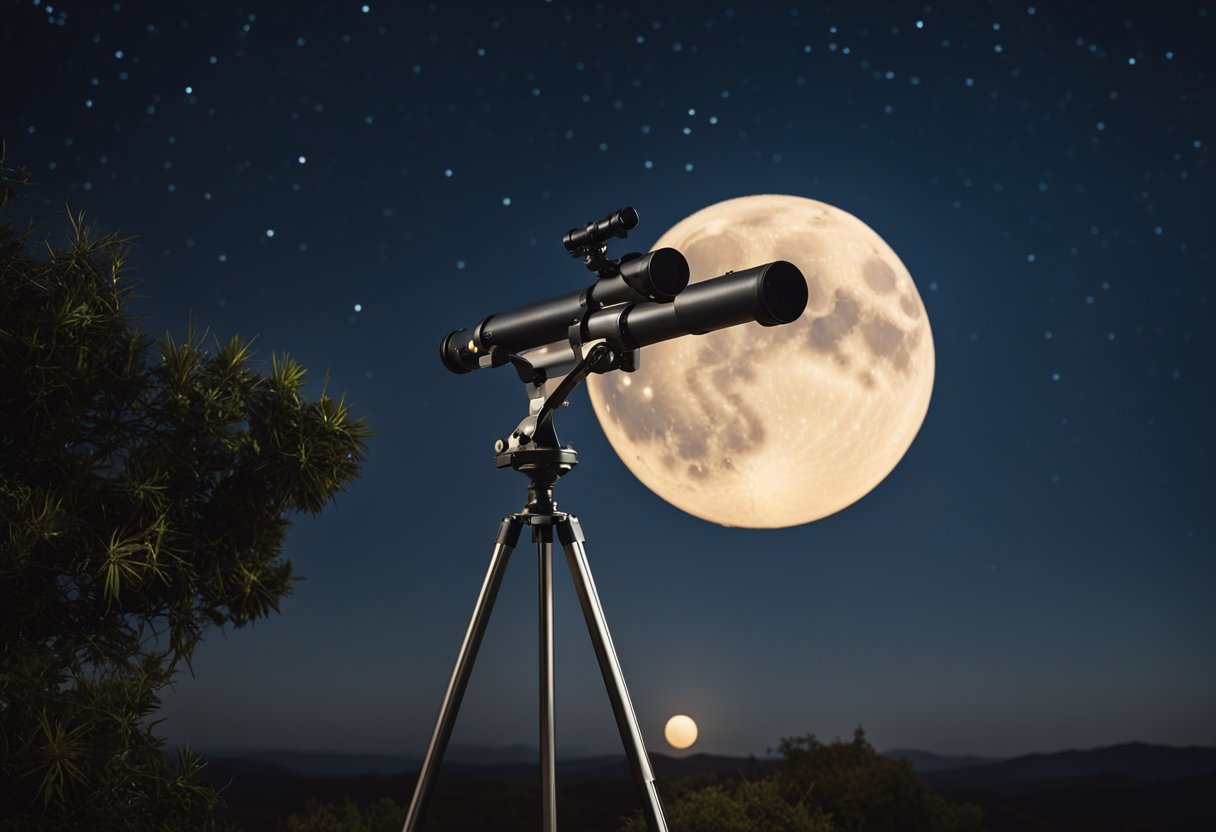
We invite you to embark on a journey back in time to retrace the groundbreaking celestial observations made by Galileo Galilei. Explore the historical sites where he altered our view of the cosmos and discover how his legacy continues to influence astronomy today.
Italy stands as a testament to Galileo’s remarkable contributions to astronomy. As a paramount figure, Galileo utilised telescopes to unravel the mysteries of the night sky. His observations confirmed that Jupiter had moons, which he named the Medicean Stars, now known as the Galilean moons. In Pisa, you can walk the same grounds where he was born and initiated his scientific inquiries. The University of Pisa boasts being the site of his early education.
Continuing the journey, we find ourselves in Florence, where Galileo spent a significant part of his career. The Florence History of Science Museum holds original instruments that he used to watch the heavens, a collection that remains an invaluable part of our scientific heritage.
Galileo’s observations were not confined to the satellites of Jupiter. He also studied the rings of Saturn, though he could not clearly discern their nature at the time. His legacy persists in the methodologies and technologies he introduced, many of which are foundational practices in modern astronomy. Today, through websites like SpaceVoyageVentures.com, we explore the prospects of space tourism, echoing Galileo’s curiosity and ambition to explore the cosmos.
Observatories around the world still gaze towards Jupiter and Saturn, utilising telescopes that are the direct descendants of Galileo’s designs. His pioneering approach to systematic observation and the challenging of accepted truths have inspired generations to look beyond the atmosphere and dream of the stars.
Embarking on celestial sightseeing tours provides us with a unique opportunity to witness the grandeur of the cosmos up-close. Key experiences include observing momentous eclipses and occultations, as well as the passage of comets like the dazzling Perseids.
We’re always on the lookout for the most awe-inspiring celestial events, and eclipses top that list. Eclipses, either solar or lunar, occur when the Earth, Moon, and Sun align, cloaking parts of our planet in shadows. Similarly, an occultation happens when a celestial body is hidden by another, such as a planet or moon. For the best experience, we check the Astronomical Events 2024 — Astronomy Calendar to find dates and optimal viewing locations.
| Event Type | Next Occurrence | Best Viewing Locations |
|---|---|---|
| Solar Eclipse | 2024 | Texas to New England, US |
| Lunar Occultation | Regular Intervals | Earth-wide (depends on the specific event) |
Gazing at comets streaking across the sky can be a thrilling experience. Comets like A3 Tsuchinshan-ATLAS, which was first spotted in February 2023, offer spectacular views when they pass close to Earth. The Perseid meteor shower, caused by the comet Swift-Tuttle, is another celestial event not to be missed. Visit National Geographic to learn more about these occurrences and plan your next viewing adventure.
By staying informed and prepared, we can ensure we’re in the right place at the right time to partake in these cosmic spectacles.

We’re on the cusp of a new era where the cosmos is no longer out of reach for the intrepid traveller. With an array of expeditions and destinations becoming available, celestial tourism is blossoming into a viable industry. Here’s how to embark on this ultimate adventure.
Selecting the right tour operator is paramount. We suggest considering companies endorsed by NASA or those that have a proven track record of successful collaborations with space agencies. Ensure the company offers comprehensive pre-flight briefings and transparent communication about the itinerary and safety measures. For example, SpaceVoyageVentures.com provides detailed insights into current and upcoming space tours, allowing us to make informed decisions.
| Criteria | Description |
|---|---|
| Safety Record | Look for operators with impeccable safety standards. |
| Affiliations | Prefer companies in partnership with established space institutions. |
| Customer Experience | Read through reviews and testimonials of former space travellers. |
Training for a zero-gravity adventure is an integral part of space travel readiness. We’ll need to undergo a regimen that simulates the conditions we’ll face, which serves two purposes: preparing us physically, and ensuring we know how to manoeuvre in a weightless environment. Bear in mind, training varies depending on the mission’s duration and specific activities. Expect to participate in sessions that familiarise us with the equipment and emergency procedures onboard the ship.
Embarking on guided space expeditions requires us to be thorough in our preparation. By choosing a reputable space tour company and engaging in the necessary training, we set the stage for a groundbreaking journey into the final frontier.
We find ourselves drawn to the skies for the most spectacular natural light shows Earth has to offer: the ethereal dance of the auroras and the awe-inspiring occurrences of eclipses. These celestial events inspire our sense of wonder and drive us to explore the unique phenomena of our night sky.
The Northern Lights, or auroras, are a mesmerising display of colours rippling across the polar skies. The best time to witness this natural wonder is during the long, dark winter months in high-latitude regions. Tromsø, Norway is a premier destination for aurora enthusiasts, situated well above the Arctic Circle. The lights often appear as gently undulating curtains of vivid greens, pinks, and sometimes even purples, filling the sky with an otherworldly glow. To ensure the highest chances of witnessing this natural marvel, it’s essential to seek locations with minimal light pollution and cloudless skies.
A total eclipse is a celestial event not to be missed. During a solar eclipse, the moon passes between Earth and the sun, temporarily casting a shadow over our planet. In the moments of totality, when the sun is completely obscured, the surroundings fall into an unusual twilight, and the temperature can notably drop. Conversely, a lunar eclipse occurs when the Earth aligns between the sun and the moon, cloaking the moon in its shadow and often causing it to appear reddish in colour. Total eclipses are rare and often require careful planning to observe since they are only visible from specific areas on Earth.
We at SpaceVoyageVentures.com are dedicated to charting these ephemeral experiences, guiding enthusiasts on where and when to embark upon their celestial sightseeing adventures.
Northern Lights (Aurora Borealis):
Total Solar Eclipse:
Total Lunar Eclipse:
Our endeavours to pursue these natural light displays are a testament to the profound beauty of the cosmos. They invite us to marvel at the celestial ballet above, reminding us of our planet’s place within the vast universe.
In envisioning the future of space tourism, we explore not only the current ventures close to Earth but also the progress toward long-distance space travel, allowing us to contemplate excursions to distant planets and moons.
We recognise Mars as the most immediate target for colonisation efforts outside of our moon. With both governmental and private entities striving to establish a human presence on the Red Planet, Mars could soon offer an unprecedented experience for space tourists. These tourists will be able to explore the Martian landscapes, from its towering volcanoes such as Olympus Mons to the vast chasms of Valles Marineris.
Our gaze also extends to the gas giants and their intriguing moons. Though more challenging due to greater distances and harsh environments, the moons of Jupiter and Saturn, like the ice-covered Europa and the hydrocarbon-rich Titan, present fascinating future destinations for the intrepid traveller. Both bodies have the potential to host robotic and, eventually, human explorers, providing close-up encounters with some of the most exotic locales in our solar system.
Astro-tourism combines the magnificence of travel with the fascinating realm of celestial wonders. We revel in the beauty of the night sky as we guide you to some of the most enchanting astronomy tours accessible today, where the stars and planets become the enchanting spectacle.
Italy offers some of the most picturesque stargazing locations in the world. We recommend venturing out to Tuscany’s hilltops, where the Milky Way comes alive amidst silhouettes of cypress trees and historic villages. The lack of light pollution in these rural areas ensures that the stars can perform their nocturnal ballet to the fullest. For a truly stellar experience, one might attend events and guided stargazing sessions offered in these serene Italian locations, allowing for an educational journey through the cosmos.
Mexico’s clear skies and diverse landscapes make it a prime location for astro-tourism. The Baja California Sur, with options like Grand Velas Los Cabos, presents travellers with the unique opportunity to observe the cosmos from luxurious resorts that cater to celestial viewing. Here, it’s not just about gazing at the stars; it’s about an immersive experience where one can learn about the constellations and the stories behind them. Visitors to Mexico can enjoy the juxtaposition of ancient Mayan astronomical knowledge with modern astrotourism endeavours, connecting our planet with the vast universe we’re a part of.
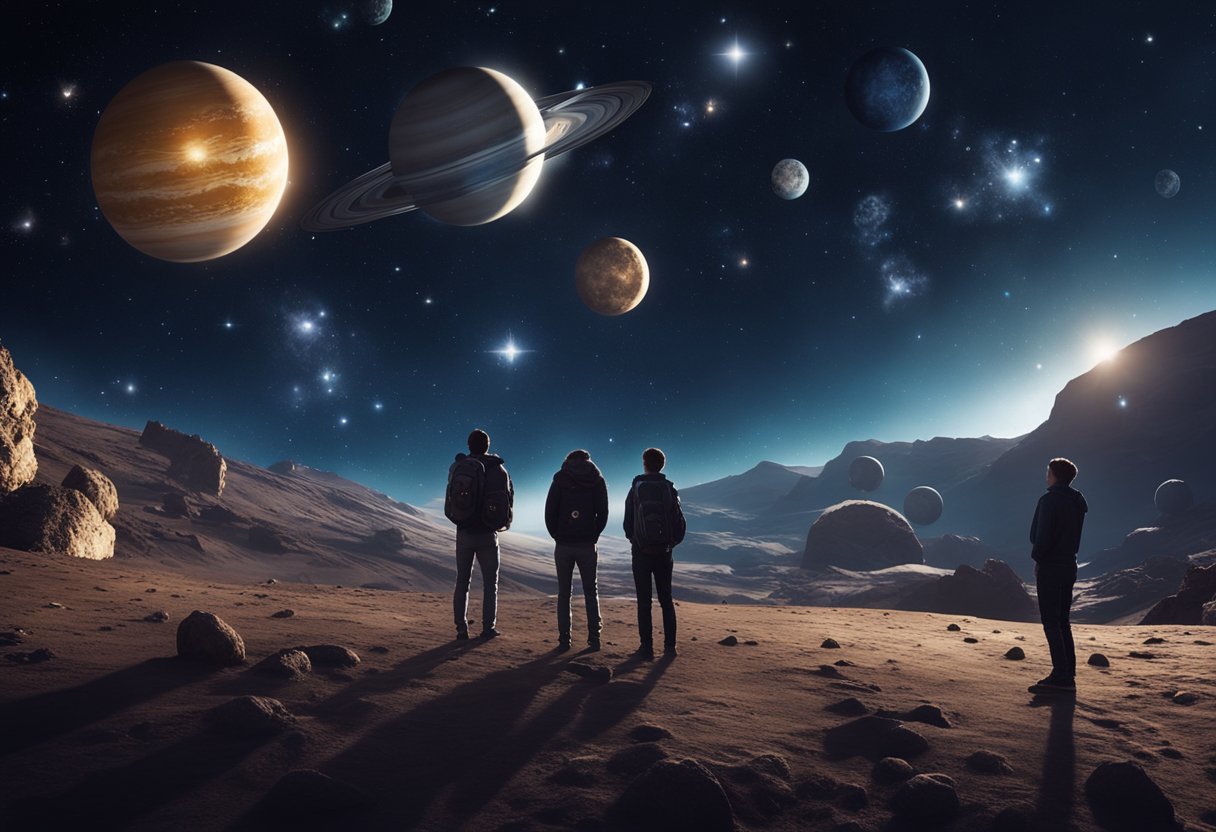
In recent years, we’ve witnessed a phenomenal rise in interest towards astronomy and space. Our community has grown significantly, as celestial enthusiasts continue to seek ways to connect and share their passion for the stars. One pivotal platform fostering these interactions is YouTube. It serves as a hub for astronomy channels where established and aspiring astronomers narrate the tales of celestial objects, offering a virtual tour of the cosmos to thousands of viewers from the comfort of their homes.
SpaceVoyageVentures.com stands at the forefront as a visionary platform, informing us about the burgeoning domain of space tourism. This site not only chronicles current and near-future space tourism opportunities but also provides a glimpse into the potential future of holidaying among the stars. Engaging with the site allows us to keep abreast of the latest developments and satisfy our curiosity about the final frontier.
For those of us inclined towards more hands-on engagement, star walks and astronomy events provide enriching experiences. Eventbrite, for instance, lists activities like Star Walk in Lancaster, which appeal to a wide audience ranging from families to avid space gamers.
| Platform | Engagement Opportunities |
|---|---|
| YouTube | Educational videos and community forums |
| SpaceVoyageVentures | Space tourism updates and information |
| Eventbrite | Listings for astronomy-related events |
By participating in online forums, attending events, or using tools provided by astronomy editors, we strengthen our understanding and enjoyment of astronomy. Such collective pursuits not only further our knowledge but also unite us under the vast, starlit sky.
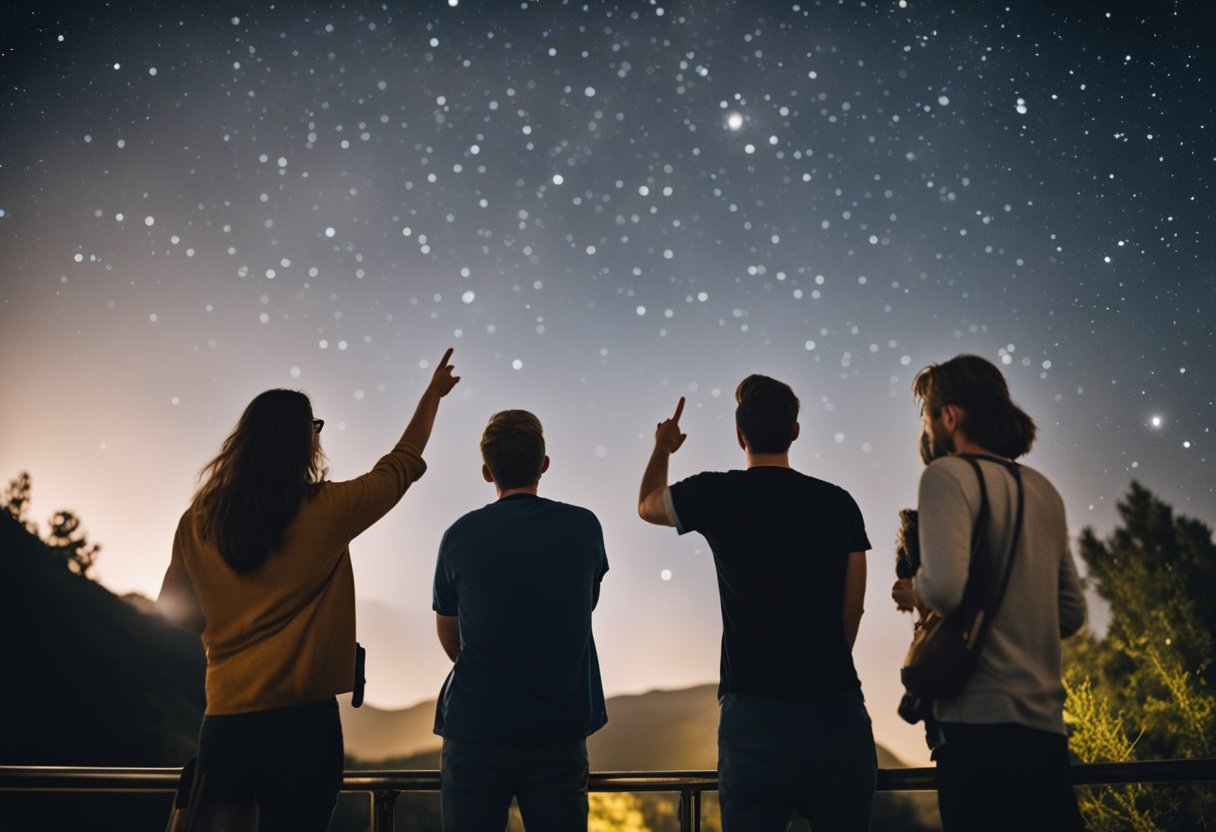
In this section, we’ll address some common inquiries about celestial sightseeing tours, focusing on specific stargazing experiences and the unique characteristics of each tour.
To observe the grandeur of the Milky Way, we recommend tours that offer clear, dark skies away from light pollution. Notably, Evening Sky Tours in Sedona provide excellent views of the Milky Way, guided by experts who enhance the experience with their deep knowledge of the night sky.
Celestial tourism often includes an educational component, sometimes with more advanced equipment such as powerful telescopes and guided laser-pointing sessions that allow for a deeper experience than traditional stargazing, which might be more casual and self-directed.
Sedona itself is renowned for its dark skies, but for those willing to travel a bit further, areas like the Coconino National Forest and Oak Creek Canyon offer pristine stargazing conditions. Evening Sky Tours cater to these experiences, providing a memorable celestial tour.
Yes, both Sedona and Flagstaff offer exceptional stargazing opportunities; however, Flagstaff, being one of the first International Dark Sky Places, has a slight edge in terms of darkness and clarity. Sedona, on the other hand, boasts a more temperate climate, making it a comfortable choice year-round.
Stargazing tours in Joshua Tree National Park are unique due to the park’s designated status as a Dark Sky Park, ensuring minimal light pollution. Visitors should anticipate not only remarkable views of celestial objects but also the park’s iconic landscapes under starlight.
An exceptional astronomy tour should provide knowledgeable guides, high-quality telescopes, and preferably access to remote areas with little light pollution. Comfort and safety during the tour are also paramount to ensure an enjoyable and educational stargazing experience.